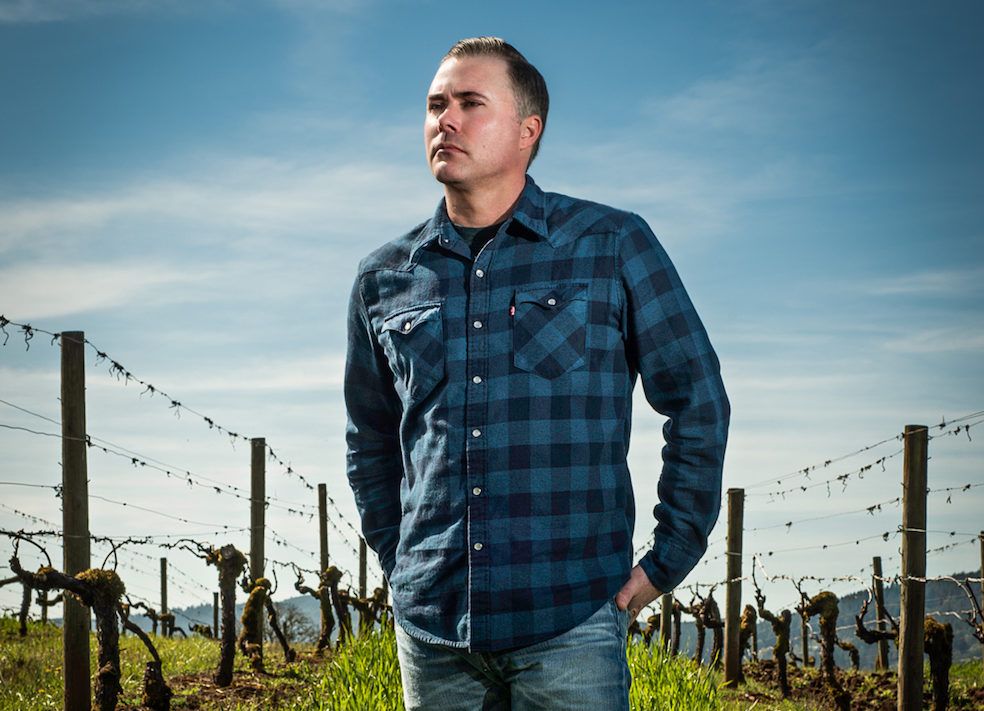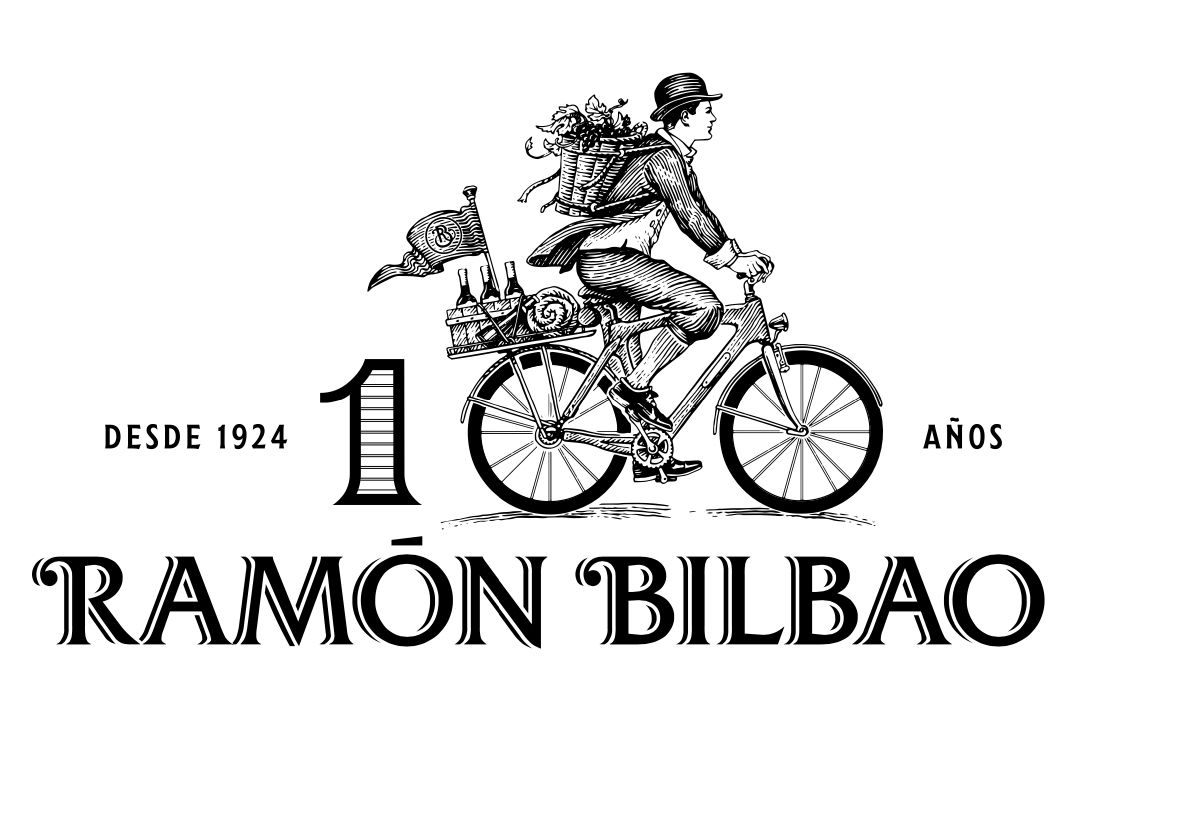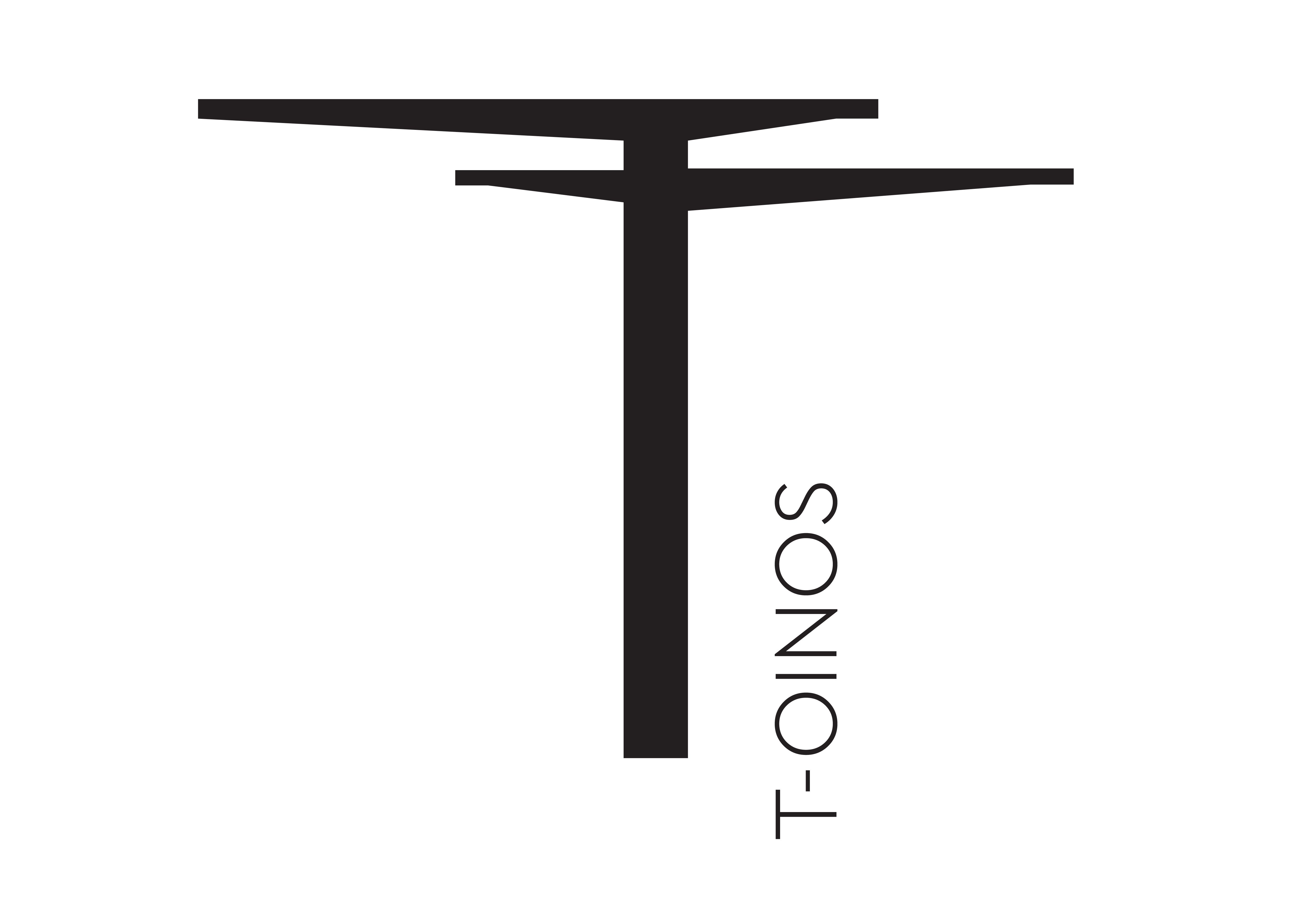Oregon is producing small batches of old vine masterpieces that Kermode simply wasn’t expecting.
Think Oregon, and you think Pinot Noir, right? I certainly did. The state punches well above its weight in terms of awareness and critical acclaim, given that it produces just one percent of the USA’s wine. The Oregon Wine Board proudly boasts that its wines account for 20 percent of Wine Spectator’s 90+ scores for domestic wines. The number of wineries has almost doubled in just over a decade, and the state is big at being small, with 70 percent of Oregon’s wineries producing fewer than five thousand cases per year.
So far so good, but for all Oregon’s critical acclaim, there are those who feel that it risks being a victim of its own success, that its status as a mecca for smaller producers could be under threat, and that it needs to establish an international reputation beyond Pinot Noir.
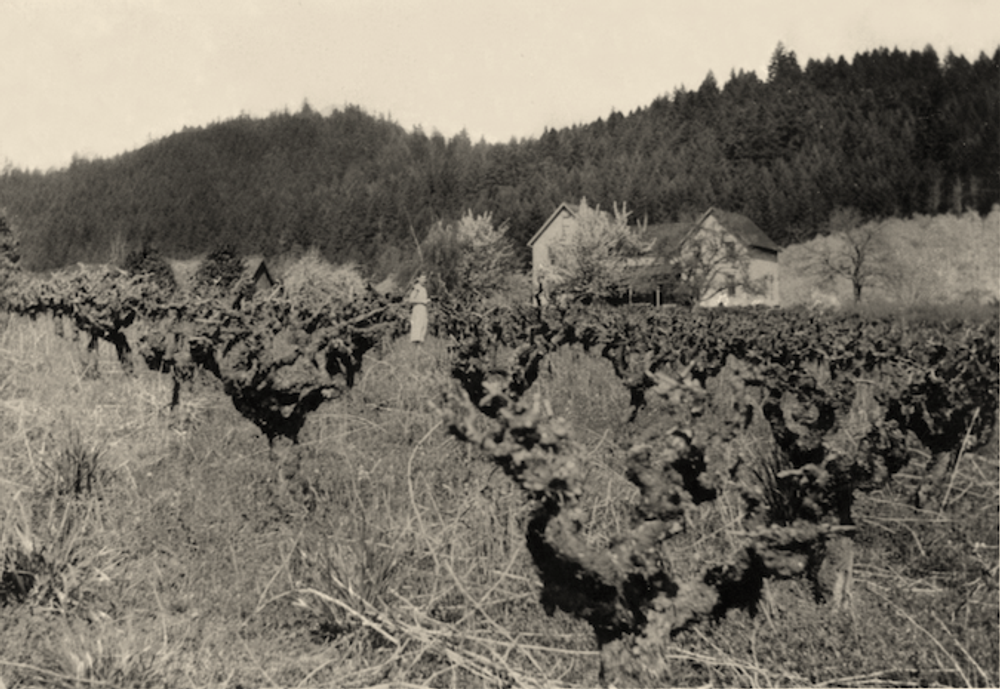
Old vine sites, such as the David Hill vineyard planted by Oregon pioneer Charles Coury helped give birth to the state’s modern day wine industry
Oregon’s current success owes much to the passion of the post-Prohibition pioneers in the 1960s, including Richard Sommer, David Lett and Charles Coury, who ignored the naysayers and pursued a conviction that the state’s cool climate and terroir made it ideally suited to Pinot Noir. In 1979, after a blind tasting, the French gastronomic magazine Gault-Millau agreed, placing an Oregon Pinot in its top 10, alongside some of the biggest names in Burgundy.
In the spirit of ‘if you can’t beat ‘em, join ‘em’, a number of those Burgundian big beasts have led a viticultural ‘gold rush’ to Oregon, with Robert Drouhin and, more recently, Louis Jadot, joining California’s Jackson Family Estates, in establishing brands in the state, to add an ‘Oregon Pinot’ to their impressive portfolios.
However, this chunk of America’s Pacific north-west is no varietal monoculture. Yes, Pinot Noir accounts for almost 60 percent of Oregon’s vines, but that means just over 40 percent must be something else.
Figures from the Wine Board show that there are 72 varieties listed in the state: Pinot Gris accounts for 14 percent of plantings, Chardonnay is at 6 percent. Syrah, on 4 percent, is increasingly winning critical acclaim, as is Riesling, at 2 percent. Beyond that, the ‘all others’ category, at a healthy 12 percent, gets really interesting.
So is it time to change the tune, in terms of what defines Oregon?
If you want a sense of what else the state can do well, step inside one of the new generation of urban wineries in Portland, the fashionable main city (but not its capital), where you’ll find that diversity rules.
The term ‘garagiste’ may be completely out of fashion, but so is my wardrobe, not to mention my fondness for a little oak in Chardonnay, so I’m going to use it anyway, as it feels perfectly appropriate to describe a certain breed of winemaker, if not necessarily the style of their wines.
Tom Monroe and business partner Kate Norris established Division Wine Co in a garage on a Portland side street in 2011, as part of the South East Wine Collective. Initially conceived as an ‘incubator’ for wine brands, it is a shared facility used by a small band of young producers, with Division now accounting for the majority of production, at around seven thousand cases. There’s also a very good wine-bar-cum-tasting-room-cum-diner, where chef Althea Grey Potter works culinary miracles in a kitchen not much bigger than a typical American fridge.
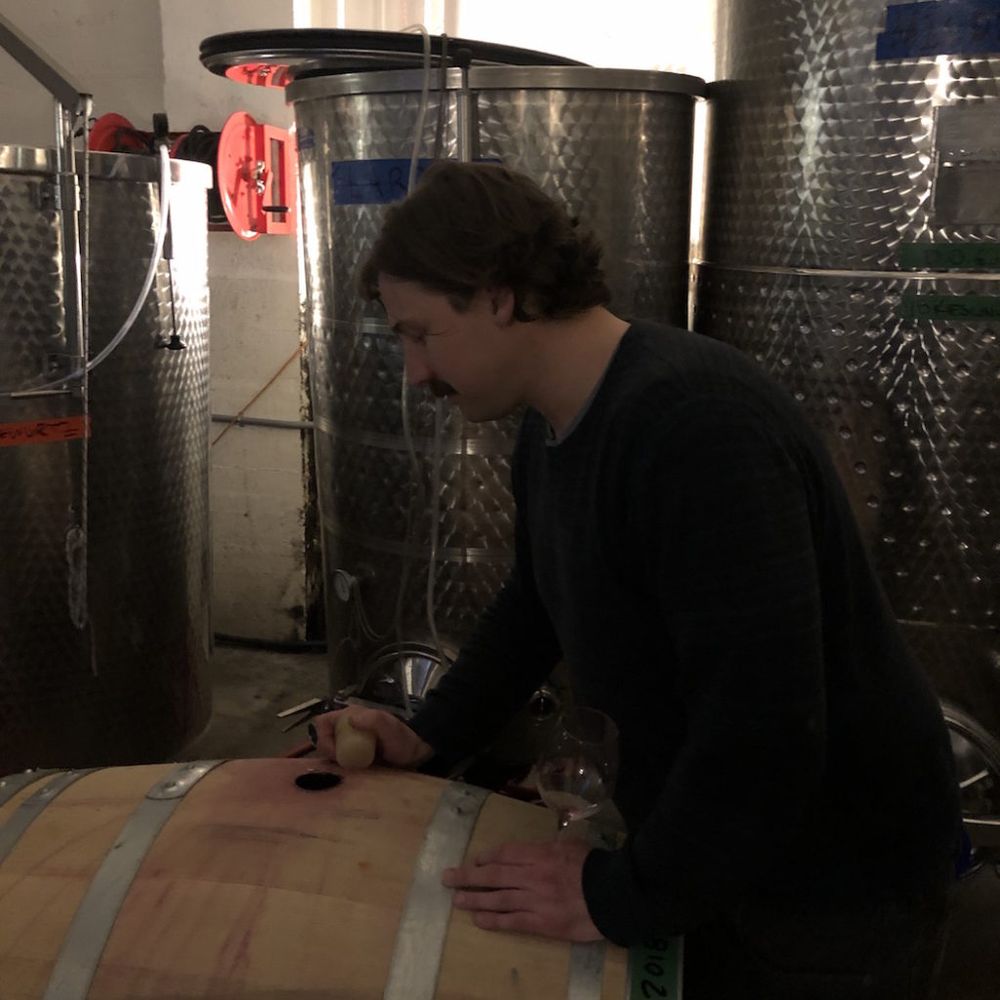
Tom Monroe, Division Wine
Monroe originally worked in finance in New York, switching to wine when he and Norris were offered the opportunity to learn on the job in Beaujolais. Inspired by their time in Fleurie, and also spells in Burgundy and the Loire, they established Division with a desire to do something different in Oregon, showcasing other grape varieties alongside Pinot Noir.
With a mix of leased vineyards, some of which they control, and long term contracts with growers, they produce between 18 and 22 different wines, depending on the vintage. The pair use natural fermentation, a portion of whole-cluster, some semi-carbonic and minimal use of sulphur.
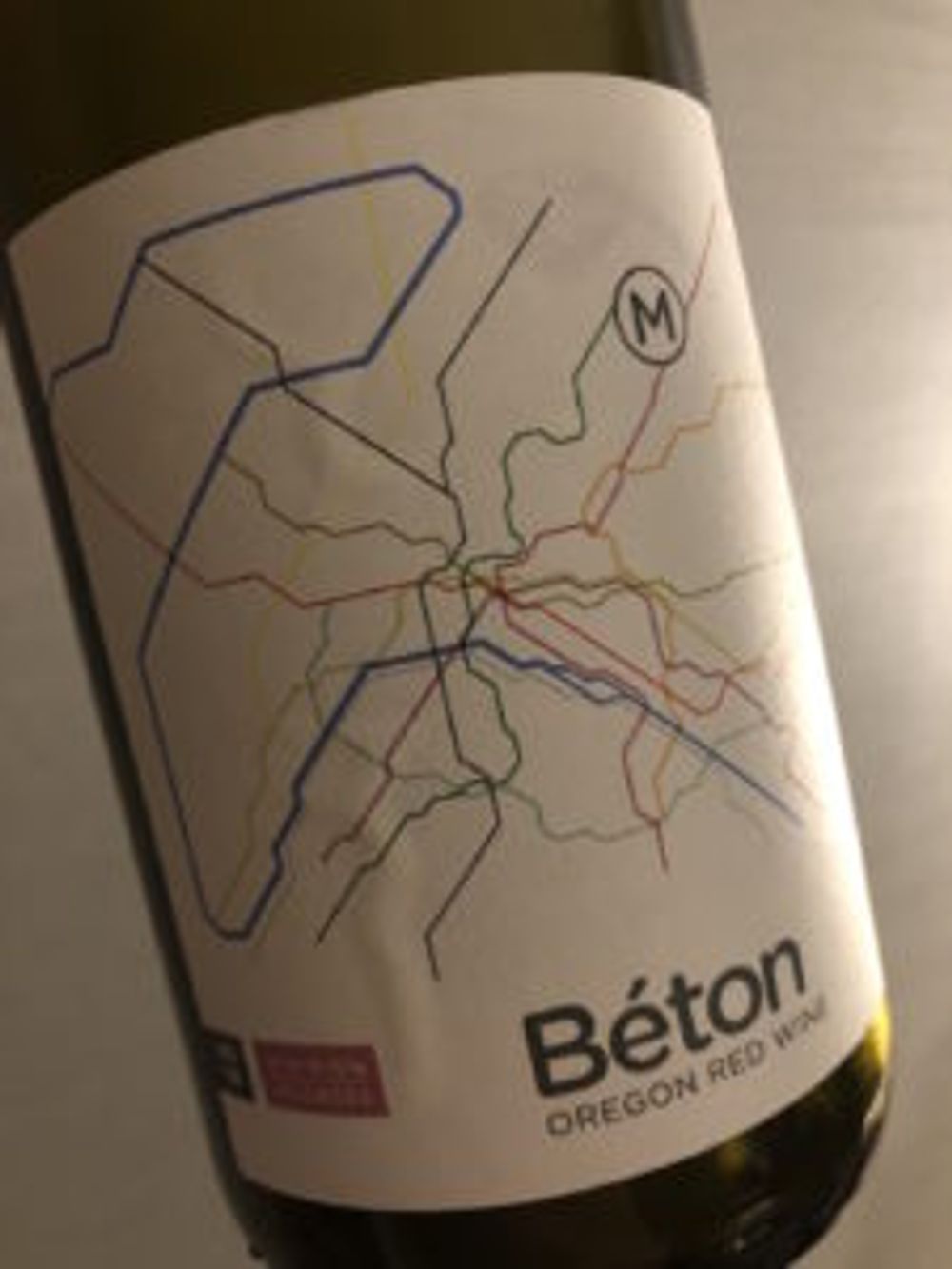
They also work hard to keep alcohol levels down, “It’s so very rare that a wine needs to be above 14 percent”, Monroe tells me, “even in a hot vintage like 2015, we challenged ourselves to make changes in our viticulture to keep the alcohol levels lower.”
The tiny winery resembles a museum of fermenting vessels, with various sizes of concrete, steel and oak all evident, as Monroe invites me to identify the grape from a sample of his latest ‘project’, a Nebbiolo that may stretch to 30 cases.
The wines, imported to the UK by ABS Agencies, include a Pet Nat, a varietal Cabernet Franc, Chenin Blanc, a Gamay Noir, and the excellent Touraine blend, Béton, with an eye-catching label inspired by the Paris Metro map.
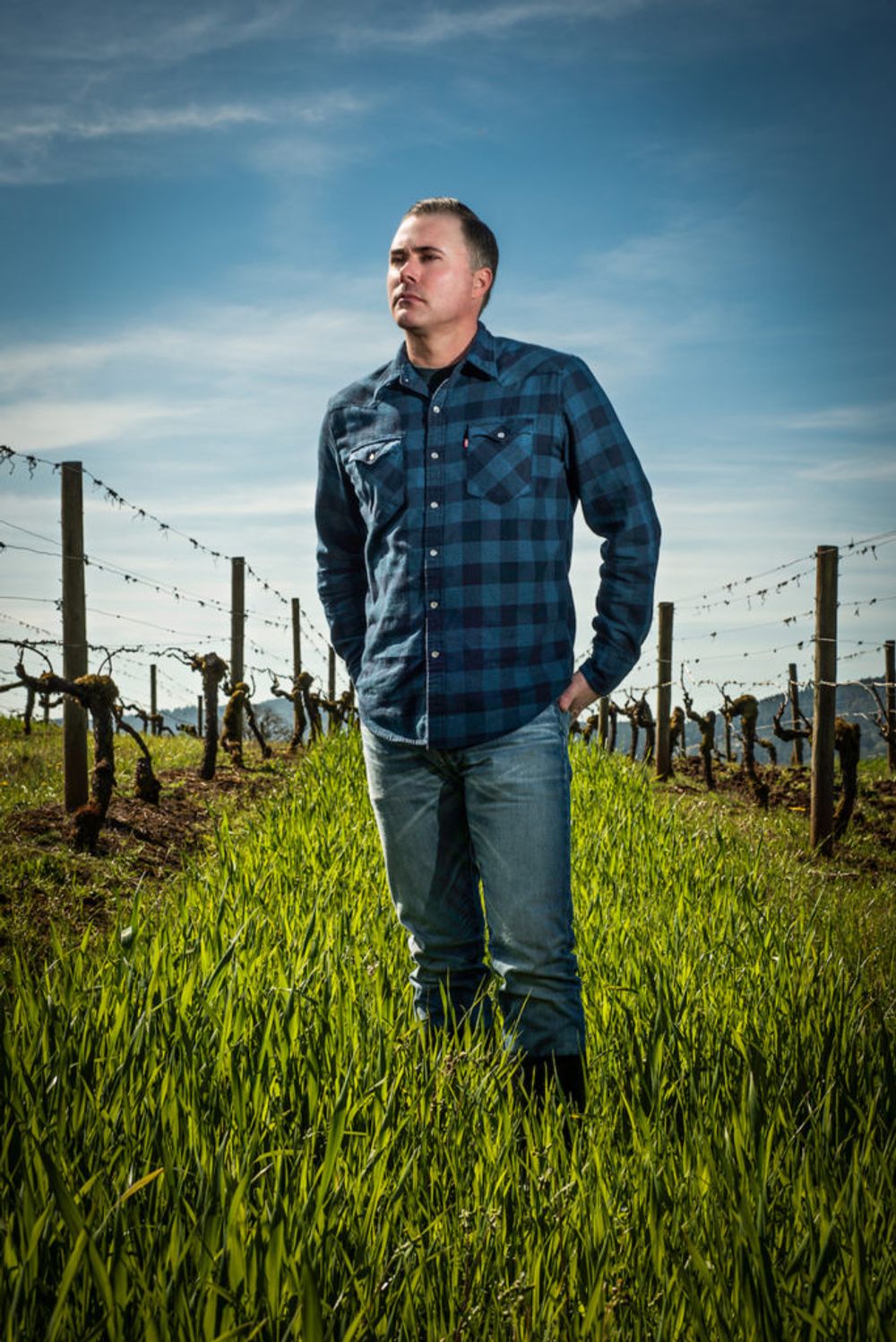
Jeff Vejr: making the saving of ancestral grapes his life’s work
Head north east to the district of Alberta and, if you look hard enough, you’ll find ‘Les Caves’, a subterranean wine bar that has the feel of a Prohibition ‘speakeasy’.
Holding court is Jeff Vejr who runs Golden Cluster; a career sommelier and self-taught winemaker Vejr has the air of a softly-spoken television evangelist, as he extols the virtues of Oregon’s ‘forgotten’ niche grape varieties, to which he has dedicated his art. From his pulpit, behind the bar, Vejr preaches so passionately about the likes of Savagnin Rose and Semillon that I start to imagine a ticker, with the words ‘donate now to save these endangered grapes’, scrolling beneath him.
Talking me through his Golden Cluster range, imported by Les Caves de Pyrene, Vejr throws up terms you don’t often hear in the context of wine from the United States: “own rooted”, “dry farmed”, “hand harvested”, the list goes on. Such is his admiration and respect for one of the Oregon pioneers, Charles Coury, that a number of the wines are named after him.
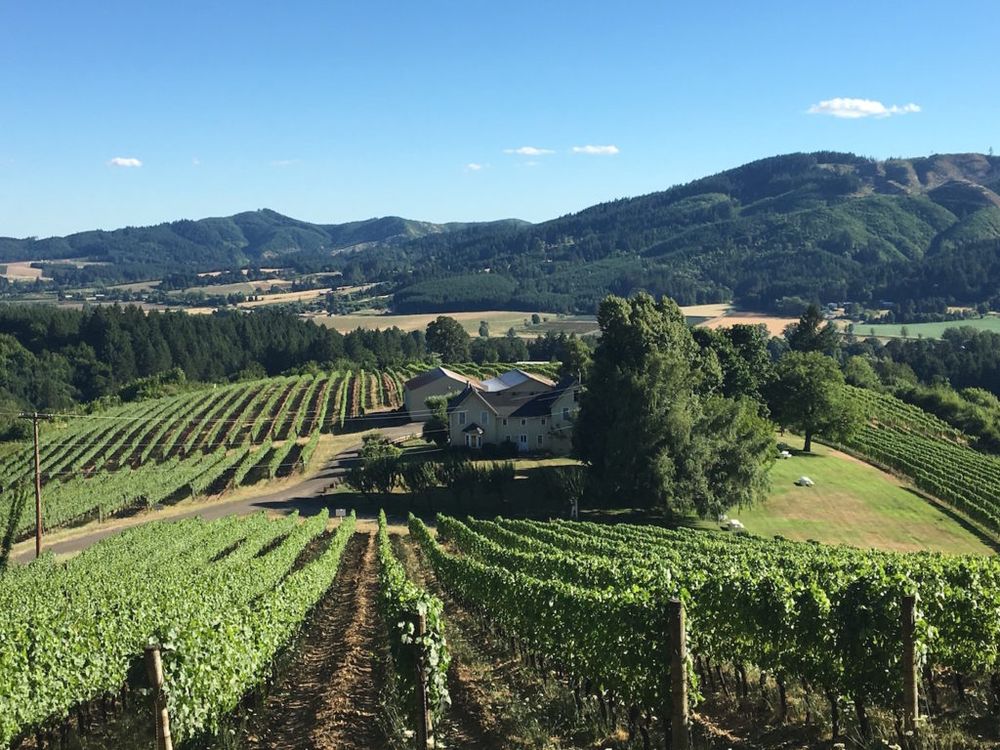
Although Oregon’s cool climate and terroir make it ideally suited to growing Pinot Noir, there are currently 72 different varieties being grown in the state
Coury was a nursery owner and serial collector of cuttings, reputed to have amassed a million of them by the time he died, some of them almost certainly illegal. These so-called ‘suitcase clones’, many thought to be from Alsace, helped give birth to Oregon’s modern day wine industry. Vejr, who never met Coury, feels strongly that he deserves greater recognition for his legacy.
Vejr works with grapes from Coury’s former plot in Forest Grove, now named ‘the David Hill vineyard’, utilising the old vines to produce a range of small production masterpieces that I simply hadn’t expected to find in Oregon.
Take, for example, the Coury Old Vine Savagnin Rose 2017. Thought to be Gewürztraminer for the first fifty years of its life, Vejr sponsored research which unmasked its true identity. Faintly tropical, with a whiff of lemon meringue pie, this fascinating wine gently unfurls itself on the palate, with teasing layers of delicate texture. Astonishingly, given he only makes 35 cases of it, Vejr sells this rare treasure locally for 28 bucks a bottle, stressing that he makes wine “for people to drink, not collect”.
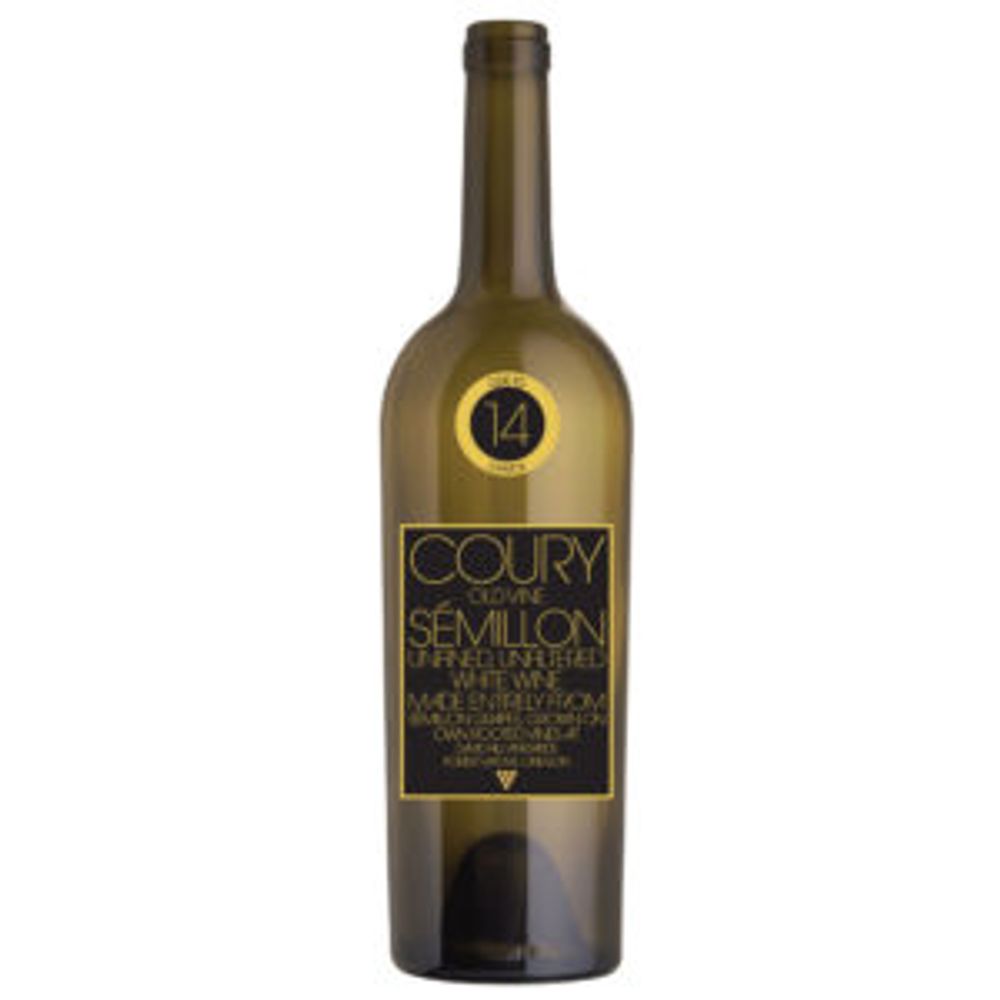
Another wine in the Coury range – the label is based on the eponymous hero’s original designs – is the Coury Old Vine Sémillon 2017, unfined and unfiltered, cloudy from its lees, waxy, with delicate lemon balm and an elegant polish to it.
Then there’s Loess 2017, from the Wirtz vineyard, a co-fermentation of Riesling, Gewürztraminer, Sylvaner, and Savagnin Rose, all of them cuttings from the Coury nursery, all of it own-rooted and dry farmed. Vejr likes to “press whites very hard to deliver tannins”, evident in the firm structure that supports this aromatically enticing wine.
Vejr currently makes 12 different wines and works closely with a number of fellow small scale producers, whose wines also feature on the list at Les Caves, including Ovum Wines, who have also done much to champion the state’s niche grape varieties and blends.
So yes, think Oregon and think Pinot Noir, but head into Portland’s vibrant inner city suburbs and you’ll find cause to think beyond it too.
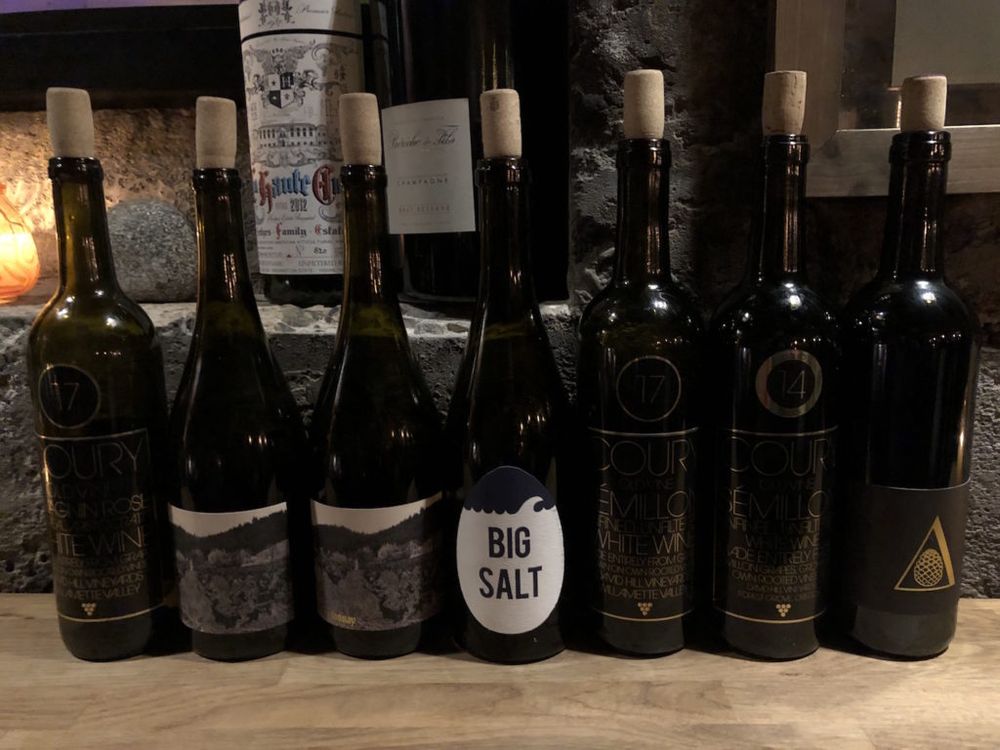
Mr Vinosaurus’s Oregon Top 5:
It makes sense to start with the grape that made Oregon famous, albeit from a relatively new outfit, a joint venture between Burgundy’s Jean-Nicolas Meo and music mogul Jay Boberg, which launched its first vintage just five years ago. Nicolas Jay Willamette Valley Pinot Noir 2015 (Berry Brothers and Rudd, RRP £73) is enchantingly perfumed, with violet flowers and cranberry. On the palate, the fruit is riper and darker, the tannins silky and smooth, all rooted around a tense spine of acidity that suggests its best days lie ahead. Pure class.
Syrah shines in Oregon and I really enjoyed Cristom Vineyards 2015 Estate Syrah (Cristom is represented by Flint Wines, although the Syrah is not currently in the UK. US$50). Farmed biodynamically, although not, as yet, officially certified, this is tight and bright, with tangy red cherry, blackberry crumble, crushed black peppercorn and Crème de Myrtille. Elegant.
My favourite Chardonnay came from Bethel Heights, in the Eola-Amity Hills, near Salem. Such is the demand for their wines from enthusiastic ‘Club’ members that just 2 percent of production is exported. Bethel Heights ‘Casteel’ 2016 Chardonnay (Bethel Heights wines are imported by A&B Vintners. US$75) aged for 15 months in French oak, 55 percent of it new. Gently reductive, with crunchy apple, ripe grapefruit, toasted hazelnut and a vibrant minerality that drives into the finish.
Tasted at ‘Les Caves’ (although this isn’t one of Jeff Vejr’s wines), Ovum ‘Big Salt’ 2018 (imported by Les Caves de Pyrene, RRP £18) is an intriguing blend of Riesling and Gewürztraminer, with 5 percent Muscat, naturally fermented in a mix of neutral oak and concrete egg. Crisp and delicious, with white blossom, bright citrus and a saline streak. Like a windy clifftop walk.
I didn’t get to taste all that Division Wine Co had to offer, but I loved their ‘tribute to the French bistro’ complete with fabulous Paris Metro Map labelling. Division Villages Béton 2018 (imported by ABS Wine Agencies, RRP £25) is majority Cabernet Franc, with 15 percent Gamay Noir and Pinot Noir respectively, and the remainder Côt. A feast of juicy red cherry, blueberry, with silky tannins and that wonderful whiff of earthiness and spice that reminds you that Cab Franc is in the mix. An absolute brasserie classic.
David Kermode is a writer, broadcaster and consultant, with his own website www.vinosaurus.co.uk
